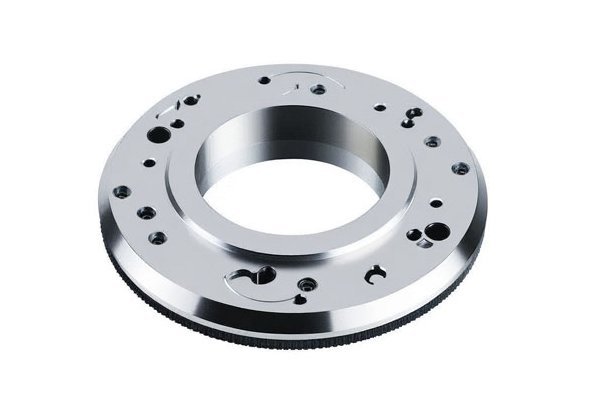—
Did you know that nearly 90% of mechanical failures can be traced back to residual stresses in machined parts? For professionals in the CNC machining field, understanding and managing these hidden stresses is crucial. As the industry continues to evolve and demand for precision and quality increases, residual stress poses a significant challenge that can affect part performance and durability. In this comprehensive guide, we will delve into the causes and effects of residual stresses post-CNC machining, as well as explore effective strategies to minimize their negative impacts.
—
—
1.1 Definition and Concept
Residual stress refers to the internal forces that remain in a material even after the original cause of the stresses has been removed. In CNC machining, these stresses can develop during various stages of production including cutting, cooling, and even due to material properties. Understanding this concept is essential for predicting how a part will behave under operational conditions.
1.2 Sources of Residual Stress
There are several primary sources of residual stress in machined parts:
—
2.1 Performance Implications
Residual stress can significantly influence the performance of machined components. It can lead to:
2.2 Durability Concerns
Durability is a critical factor for parts used in high-stakes environments such as aerospace or automotive industries. Residual stress can undermine the lifespan of components by:
Understanding these implications can inform better design and manufacturing strategies.
—
3.1 Destructive Testing
Destructive testing methods involve damaging the part to release and measure residual stresses. Techniques include:

3.2 Non-Destructive Testing
Non-destructive testing (NDT) techniques allow for the measurement of residual stress without harming the integrity of the part. Common methods include:
—
4.1 Material Selection
Choosing materials with intrinsic properties that minimize residual stresses is an essential first step. Considerations include:
4.2 Process Optimization
Optimizing machining processes can heavily influence residual stress development. Key strategies include:
4.3 Post-Processing Techniques
Once machining is complete, several post-processing techniques can alleviate residual stresses:
—
5.1 Aerospace Applications
In the aerospace sector, minimizing residual stress is paramount due to the potential consequences of mechanical failures. Studies have shown that proper heat treatment can extend the lifespan of turbine blades significantly by reducing residual stresses.
5.2 Automotive Applications
Automotive manufacturers often implement specific machining strategies for critical components. For instance, the application of shot peening on gears can enhance fatigue resistance by counteracting tensile residual stresses developed during machining.
—
As technology advances, CNC machining is evolving with new methods and materials designed to better manage residual stresses:
—
Understanding the intricacies of residual stress after CNC machining is vital for ensuring the performance and durability of machined parts. By acknowledging the sources and implications of residual stresses, employing effective measurement techniques, and adopting best practices in material selection, process optimization, and post-processing, manufacturers can create more reliable components that stand the test of time.
In summary, as industries demand greater precision and reliability, managing residual stress will remain a key factor in CNC machining. Reflecting on the information presented here can inspire proactive measures to enhance quality and prevent costly failures.
—
Q1: How can I tell if my parts have residual stress?
A1: NDT techniques like ultrasonic testing are effective in assessing residual stress without damaging the parts.
Q2: What materials are best for minimizing residual stress in CNC machining?
A2: Alloys that can undergo beneficial heat treatments typically exhibit lower residual stress levels.
Q3: Is residual stress controllable during the machining process?
A3: Yes, through careful process optimization, tool selection, and maintaining consistent environmental conditions, you can greatly reduce induced residual stresses.
Q4: What role does post-processing play in mitigating residual stresses?*
A4: Post-processing techniques such as stress relieving and shot peening can significantly help in redistributing or alleviating stresses that can negatively affect part performance.
Why This Blog Matters
This blog serves as an essential resource for manufacturing professionals looking to enhance their understanding of residual stresses in CNC machining. Attention to this important aspect can lead to significant improvements in product quality and operational efficiency. By preparing for and managing residual stress effectively, businesses can save resources, avoid failures, and ultimately deliver superior products to the market.






